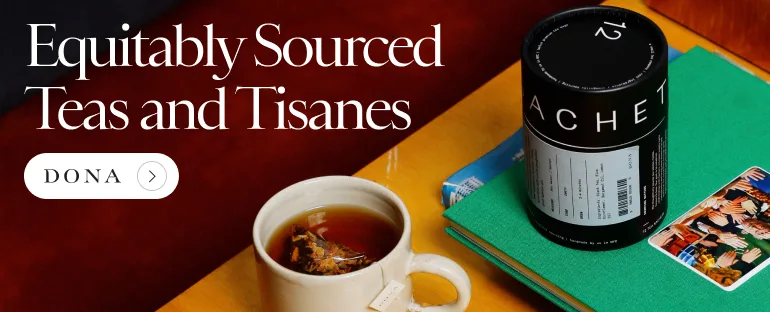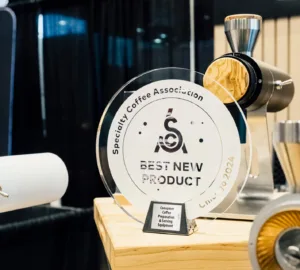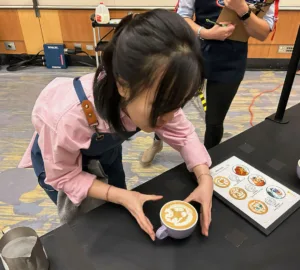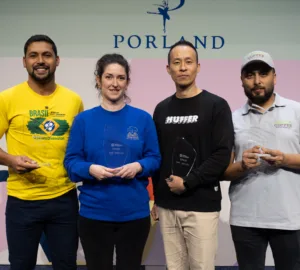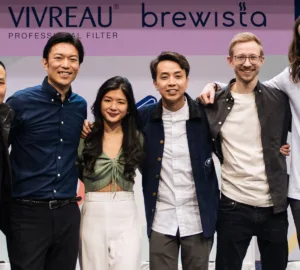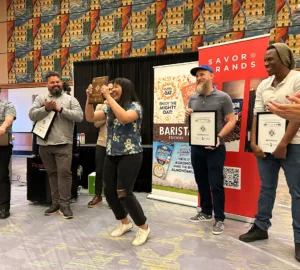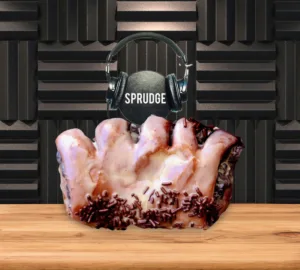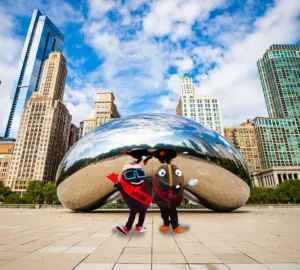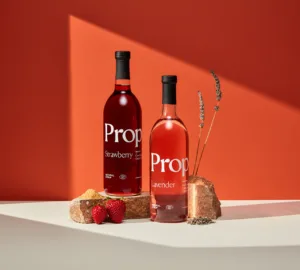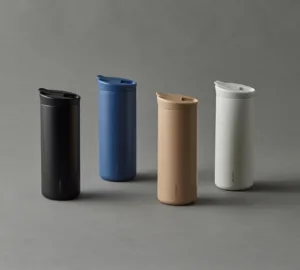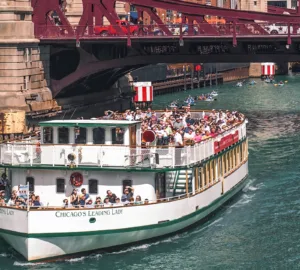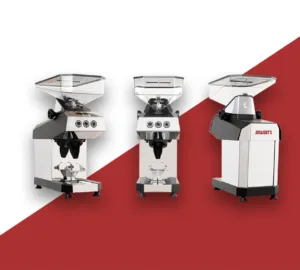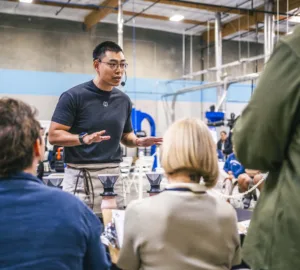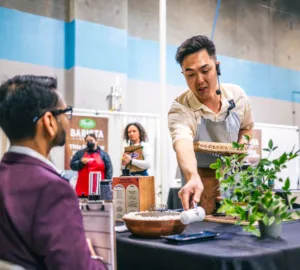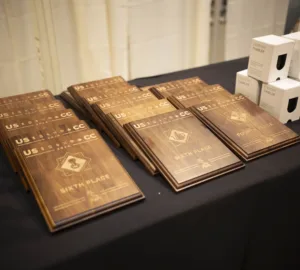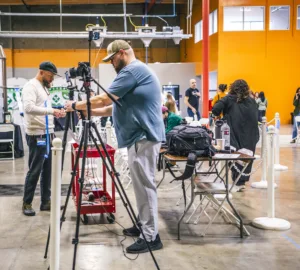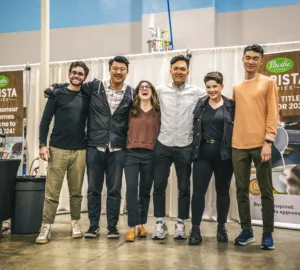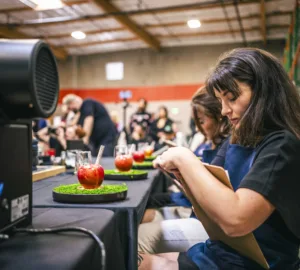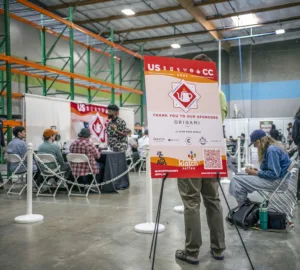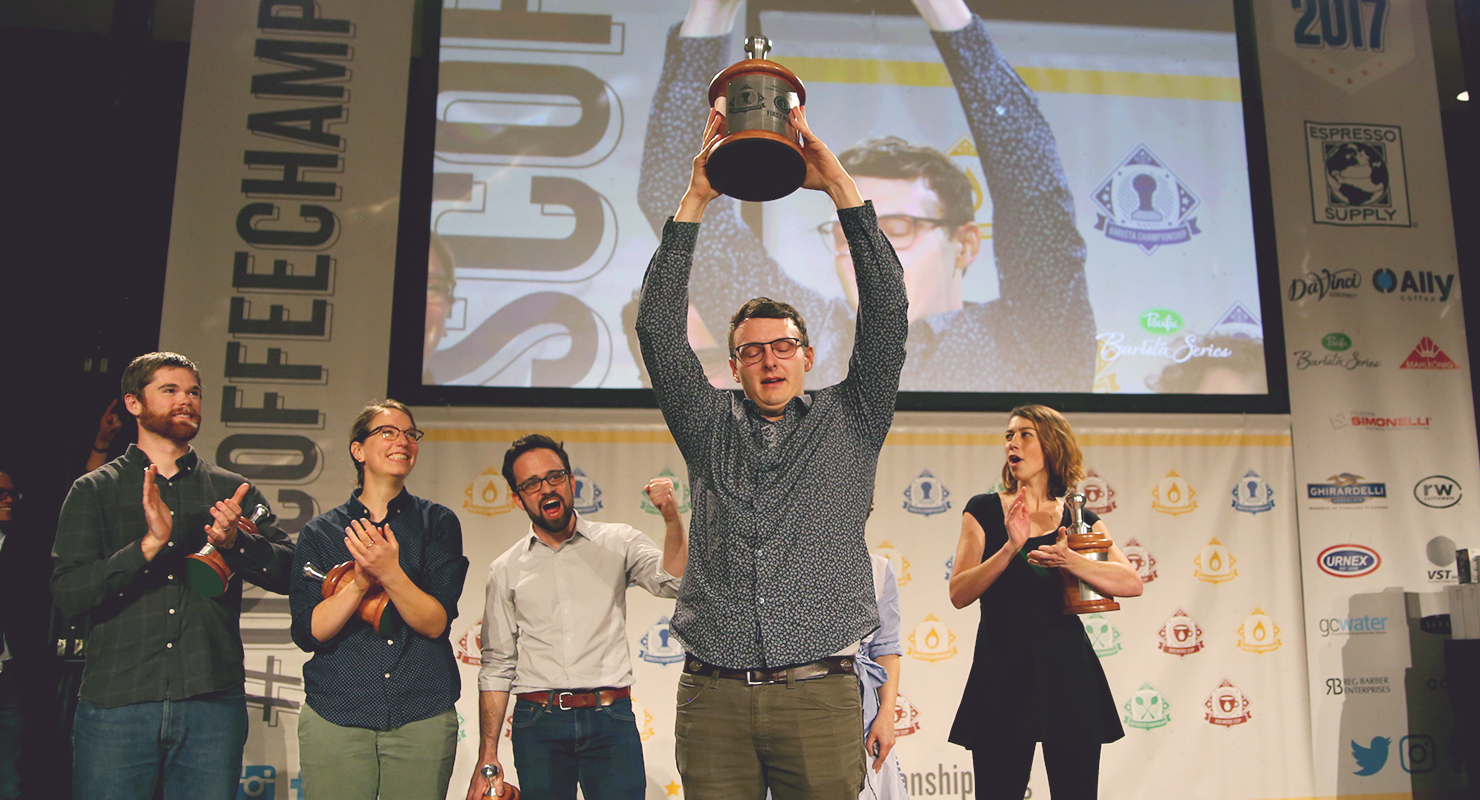
On Sunday, April 23rd 2017 the United States Barista Championship tournament crowned a new champion: Kyle Ramage of Mahlkonig USA, based in Durham, North Carolina. Ramage’s path to glory passed first through a fierce regional competition circuit, as well as a heated battle in the semi-final and final rounds at the tournament in Seattle. Ramage will now move on to represent the USA at the 2017 World Barista Championship in Seoul, South Korea, November 9th-12th.
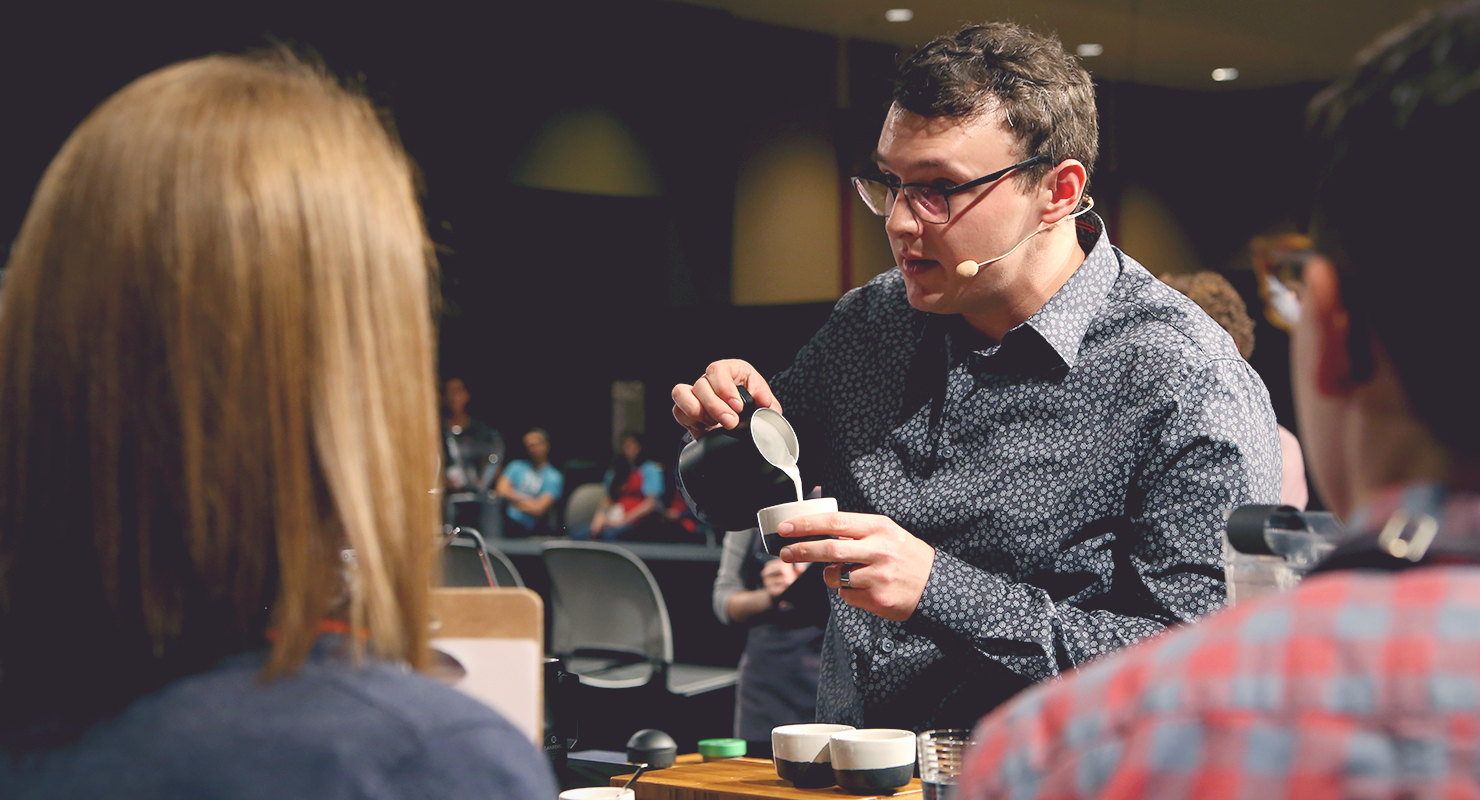
From big volume espresso shots to molecularly fragile frozen coffee beans, Kyle Ramage’s routine pushed boundaries and conventions while balancing passion and commitment. His win comes as part of his fourth year competing on the US circuit, and this season he found guidance in his fellow Piedmont Triangle resident Lem Butler, the 2016 US Champion for Counter Culture Coffee. Together they built a routine wholly different from Butler’s winning run last year, but with key similarities—the same coffee from Panama, the same roaster, the same potter for the cupware, and an organized practice schedule that peaked at six run-throughs a day in early April, overseen by Butler and a consortium of coffee pros from around the US and Canada.
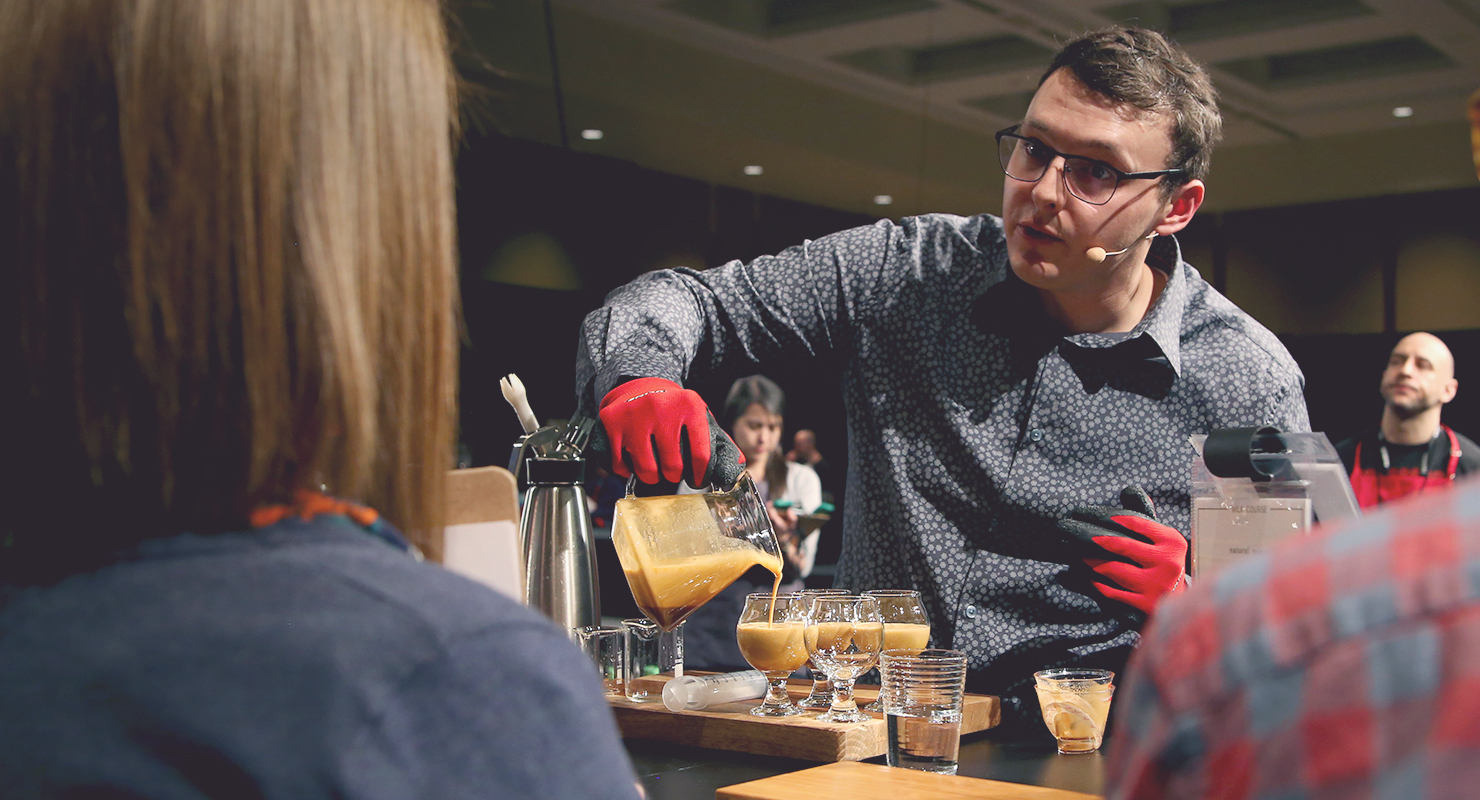
We’ll level with you: Kyle Ramage was considered a top competitor heading into the tournament this year, but few had him winning it all in our Barista Fantasy League. A classic bracket buster, then, but in retrospect his win feels inevitable, and there’s little doubt that the United States will be sending a top-tier competitor to Seoul in November.
Interviewing the new US Barista Champion is a tradition here at Sprudge, and it serves as a particular kind of snapshot this year, with 7 long months before us until the World tournament. Sprudge co-founder Jordan Michelman spoke with Ramage by phone from Durham, NC.
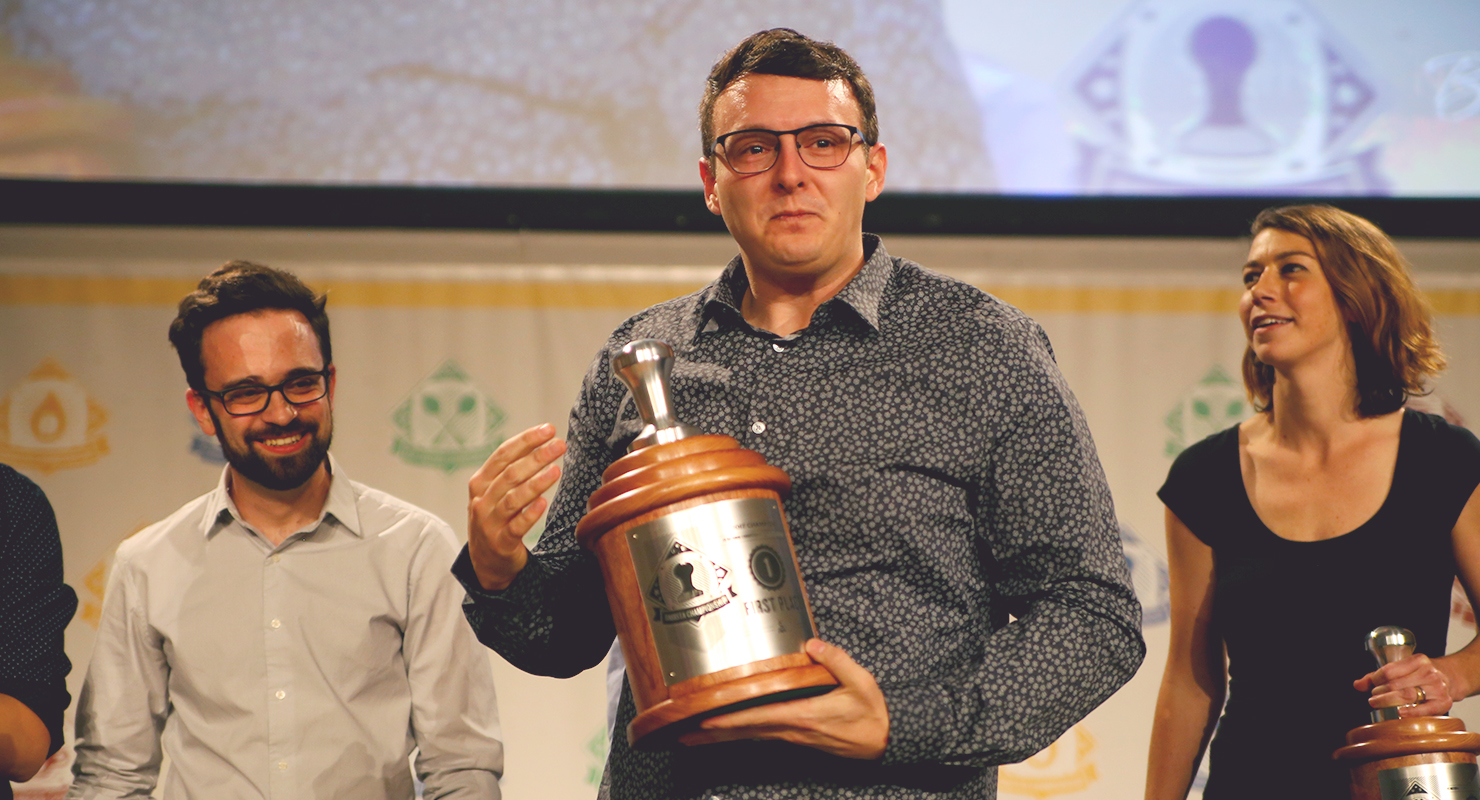
Hey Kyle! Thanks for making time to chat with Sprudge—and congrats on winning the US Barista Championship last weekend in Seattle. How’s your week been?
Oh man, it’s been intense. Sunday was like—I won, which I didn’t expect, to be very honest. Once I made finals, I was really content to just get 6th. I had a dream that I was going to get third, and I said, “Okay, cool, that’s fine,” but I work in equipment—I’m just pumped to be here in the first place. I felt really calm all day on Sunday, because I felt like I had done what I came to do, and it’s all gravy. And then the names started ticking off of the people who I thought would beat me, until it was just me up there.
People have been so kind and encouraging over the last week, offering their support and help to get to Seoul. It’s been an outpouring of kindness across the world.
So you’ve already start thinking about Seoul?
Well—this week has been crazy, so I didn’t take too much time to think about any of it. We flew out Monday morning and I was back at work Tuesday morning—maybe started a little later that day, but still, back to work—and we had a lot to do here at Mahlkonig, so it’s been a busy week doing that. But now the process starts where we’re finding funding to make it all happen [for Seoul], because it’s pretty far and expensive, and I want my wife to be there, and Lem [Butler] to be there, so that’s what we’ve been doing—chatting with sponsors. And that’s how it starts.
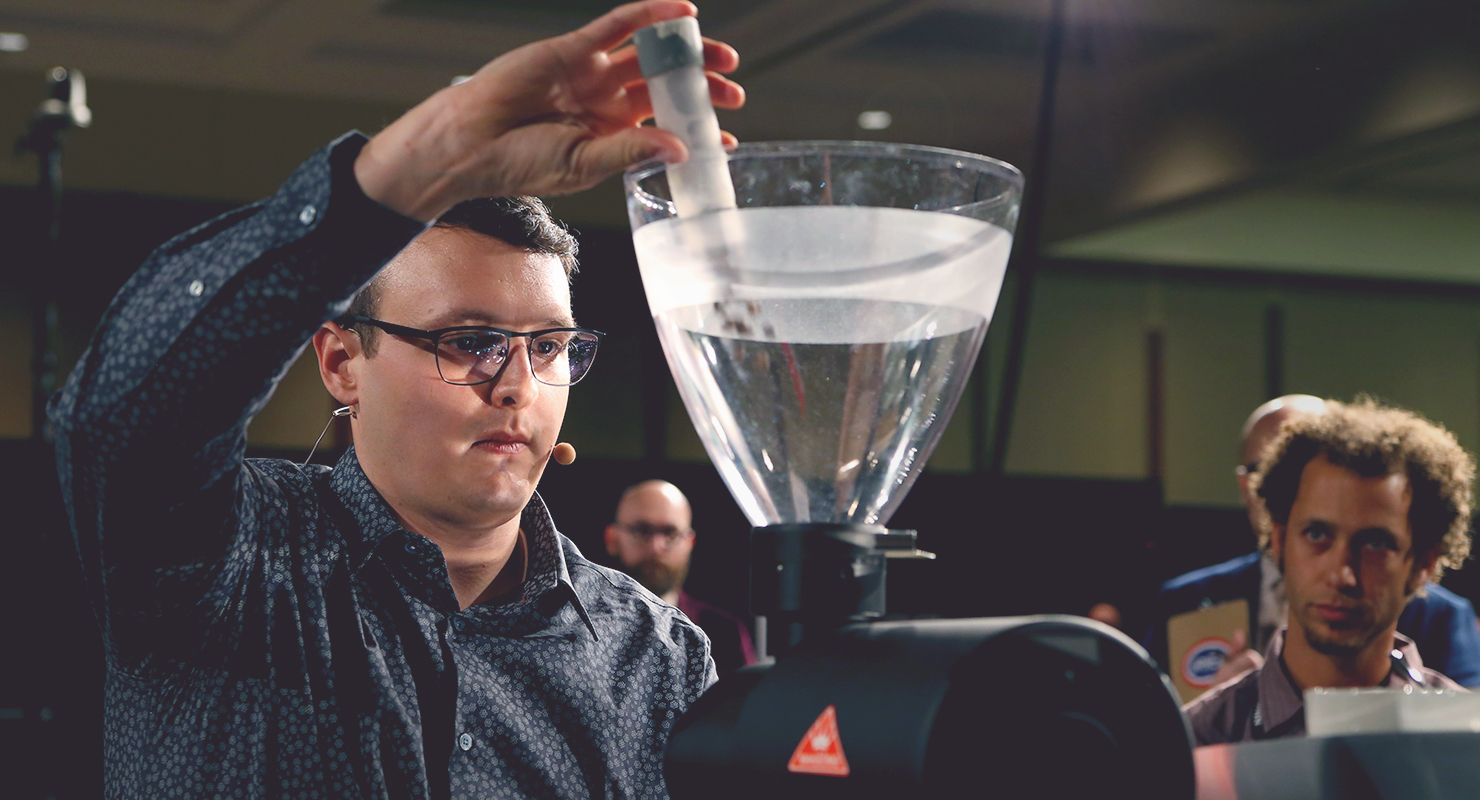
You’ve competed across four seasons of US Barista Competitions, and three seasons in the US Brewers Cup. Why was this the year you won? Was your prep process different?
After last season ended here in America, I went with Lem to the World Barista Championship in Dublin, and I got to see what it takes to put down a serious run. I learned so much from Lem; before that I wanted to do it my own way, just fitting in practice after work, being a little lackadaisical with my prep, just making rookie mistakes. But I said to Lem, “This year I want you to be my coach, so what does that look like?” And Lem made me understand that it’s about doing run-through after run-through, even when you don’t want to, and making your routine intriguing and real.
The big change for me this year was in thinking about competition less like making coffee, and more like performance art. Because that’s what I think it is—it’s performance art. Barista competitions showcase technology and passion, but I started to think of myself more like an actor or a TED talk speaker. At TED, people practice those talks over and over again before the event, but they crush it when they’re on stage and make it intriguing, and that’s where I want to be at WBC. And I’ve got eight months now to get there.
How many run-throughs are we talking here?
Up to six run-throughs a day, with a routine that was basically done a month and a half out. We did full on complete run-throughs, plugging in new coffee data, for more than a full month.
Where was that work happening at?
I spent a lot of time at the new Counter Culture lab, because they have a Black Eagle*, and Lem and I worked there a lot together—before work, after work, whenever really, though we still both have 40 hour a week jobs to do. We also do some run-throughs here at Mahlkonig, but most of our work was at the Counter Culture Training Center in Durham.
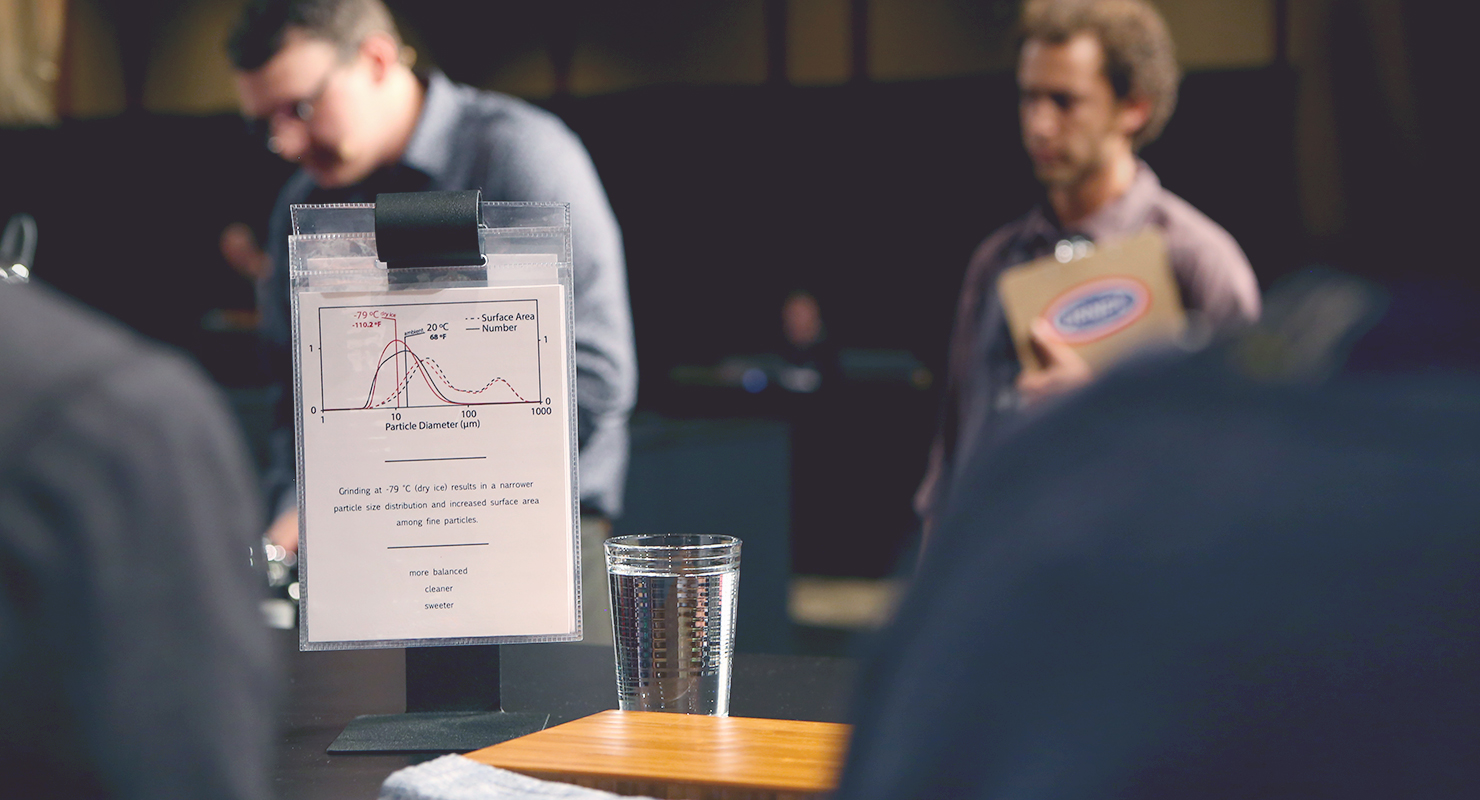
You competed with Geisha variety coffee from Jose Gallardo at Finca Nuguo in Panama—the very same coffee Lem Butler used to win the US tournament in 2016. Why use this coffee?
I got to meet Jose in Dublin at WBC last year, and he’s a really cool dude. His coffee just works so well, I felt like I kind of had to use it. I couldn’t think of a better coffee to use, and I knew the producer, and have a connection to him and his family. Jose Gallardo’s coffee is amazing.
Once I qualified for USBC I talked to Counter Culture about availability, and talked to my boss Gary Horne at Mahlkonig about footing the bill, because this coffee is not cheap, and it became possible. The real moment was when Tim Hill, Counter Culture’s green buyer, told me it might be possible to get us fresh crop coffee from Nuguo to compete with. And he actually got me the fresh crop honey process and natural process coffees I used just a week and a half before the competition began, or maybe exactly two weeks before. The honey process I used for my signature drink was harvested on February 1st this year—that is just crazy fresh. And the natural process was from December. Just amazing, stunning coffee.
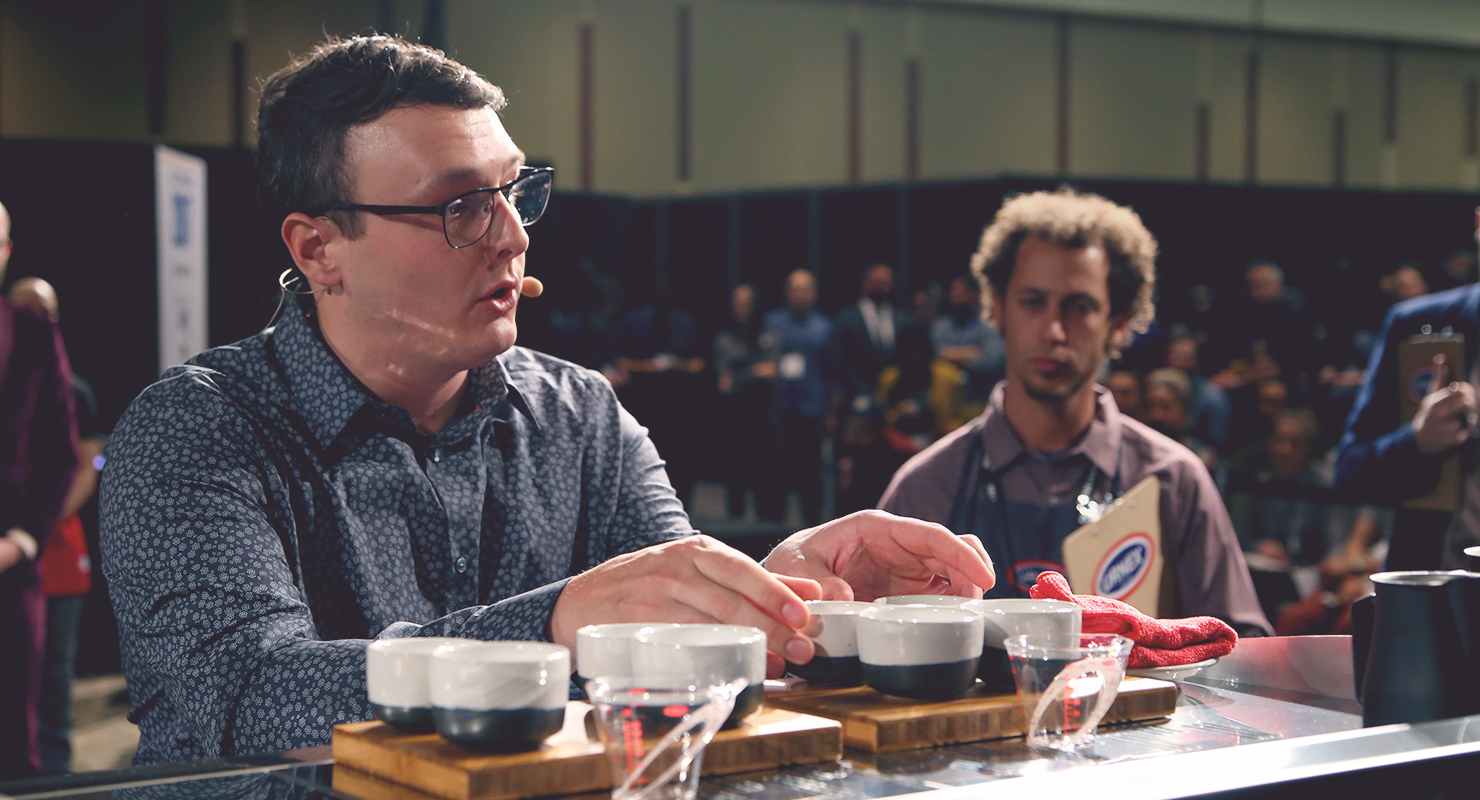
You didn’t get your coffee until two weeks out? How do you dial in flavors for a coffee in just two weeks?
It was nerve wracking, to be honest. But the way I brew coffee is interesting and different—coffees that taste great on the cupping table will taste great in the style of extraction I prefer. The yield I used in competition was 20 grams in the portafilter, and between 52 and 55 grams of espresso in the cup. That’s a huge shot.
Nuguo is consistent in its flavor calls, just very classic Panamanian Geisha like white flower, stone fruit, and citrus, but it runs the gamut—sometimes you get a little tangerine, other times peaches, or even cherry. I had some great tasters on my team to dial in those calls. I dialed it in on Friday for the Saturday round, Ben Put, Lem Butler, Trevor Corlett, and Kevin Bohlen helping me—so that’s a World #3 barista (Put), the sitting US Champion (Butler), and two more seasoned competitors and tasters in Trevor and Kevin. They were there to help me make sure my flavor calls were accurate and spot on.
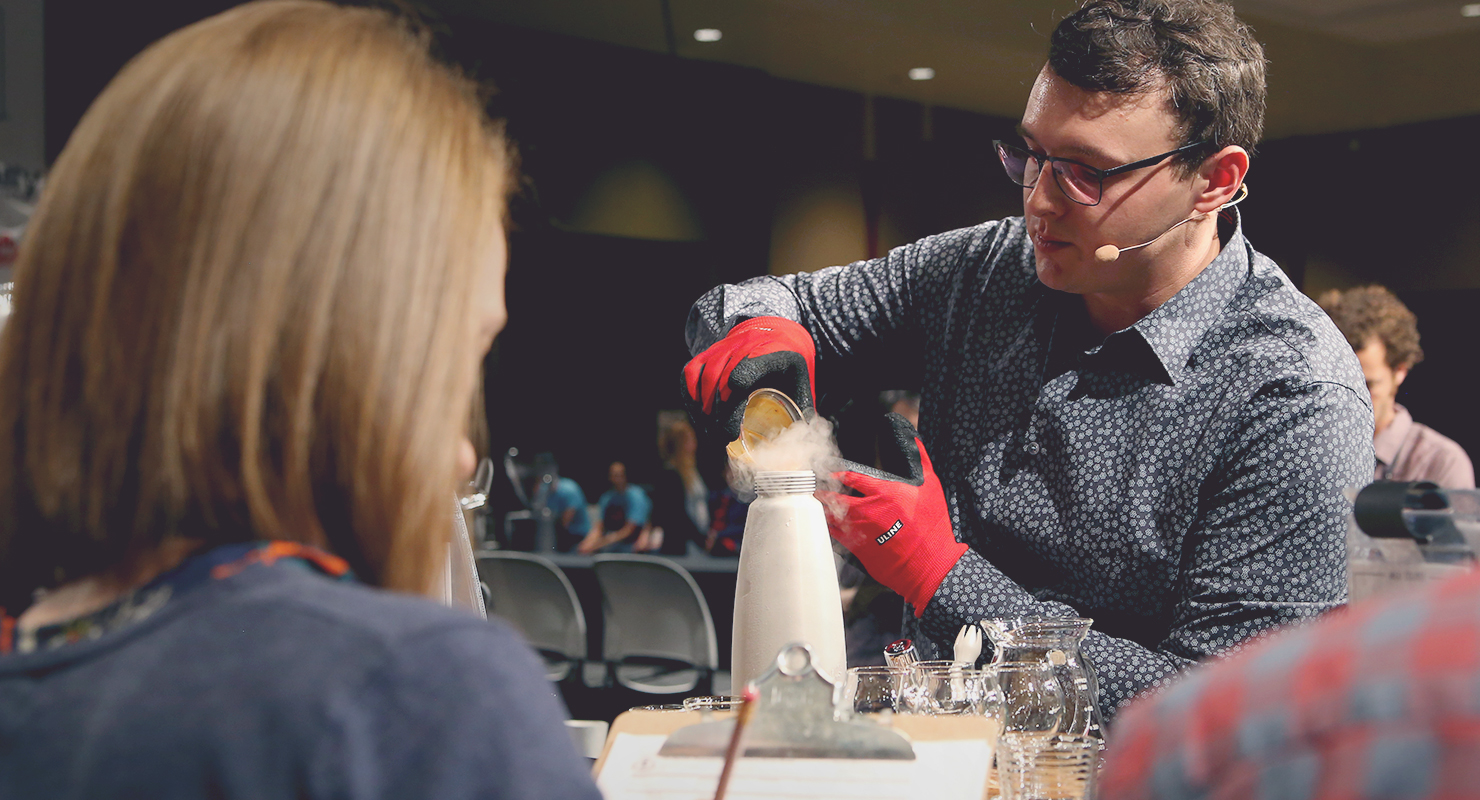
Your routine had an unusual element to it, in that you chose to freeze your coffees right up until the moment of competition. Give our readers the elevator pitch for why you did this, and why freezing coffee helps.
So basically, coffee becomes more fragile when you freeze it, especially when you super-freeze it below negative 50 degrees Celsius. In this state it becomes more fragile, which means it reacts to the grinder really positively, yielding more consistent particle grinding, which makes for more consistent, sweeter, delicious coffee flavors.
Coffee grinders do a lot more crushing and breaking than they do cutting, and coffee is fragile. You can hear it when you drop coffee on the ground—it’s hollow and brittle. I’m utilizing and amplifying that fragility in a positive way.
I think it’s hard to explain how close the margins are in something like the USBC, and why some small advantage like freezing might matter. Do you think it gave you an infinitesimal advantage? Or do you think this might actually be why you won?
I think it helped me push it over the top. After all, I won by just 4 and a half points. That’s nothing.
So is everyone going to try this now? Frozen beans for all?
I doubt it. It’s difficult to achieve well, and it took me months to make it work, months of conversations with Chris Hendon to figure it out. Maybe it could become a new thing, but I think it’s more likely to be something like the vacuum sealer process that Ben Put has used—he’s the only one who does that, and it’s too intense and unnerving for normal folk. But I like to take risks.
So you plan to freeze your coffee at Worlds?
Oh yes, totally—whether it’s dry ice or liquid nitrogen, we’ll see when we get there.
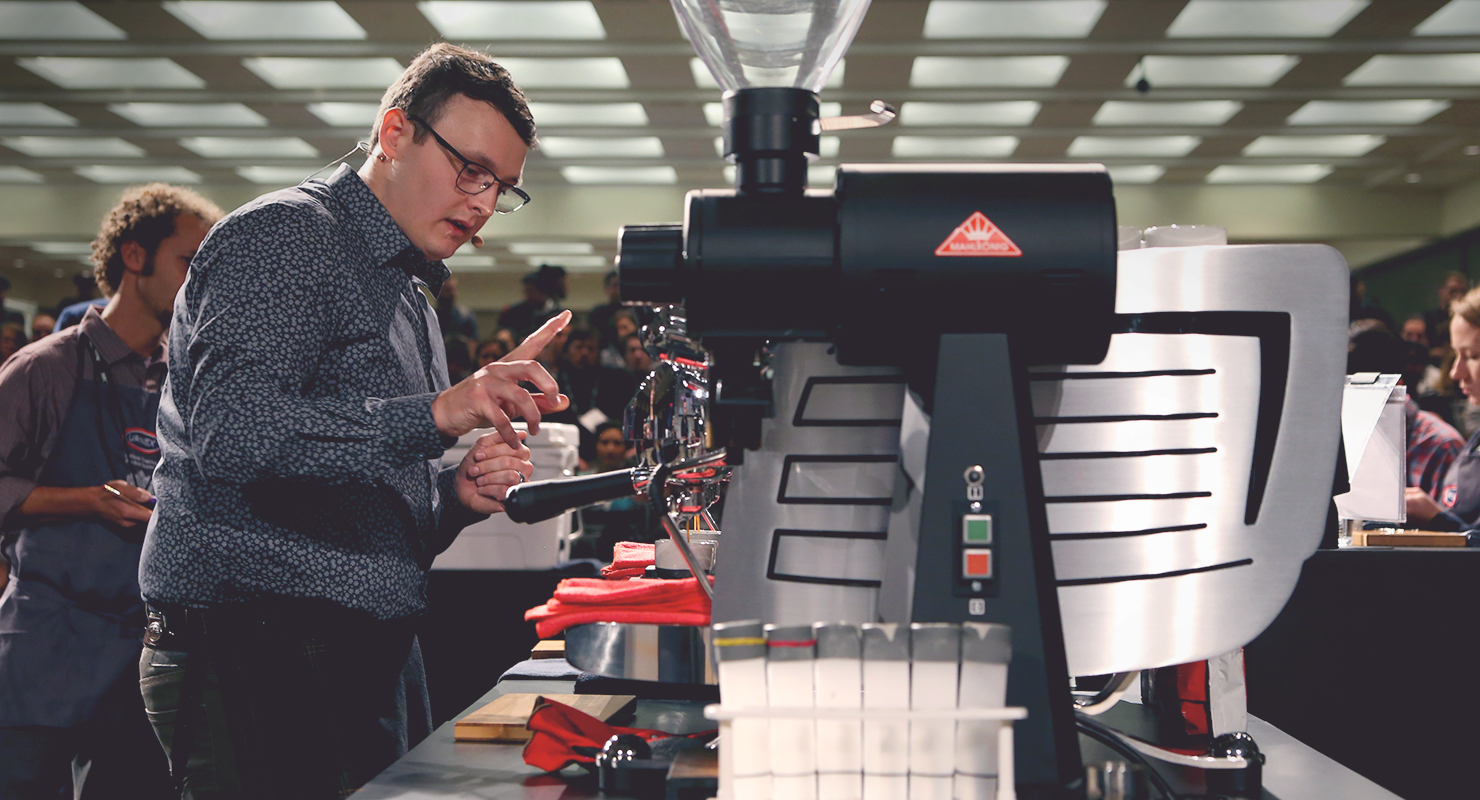
Your day job is in Sales and Service with Mahlkonig USA; we are reasonably sure that you’re the first US Barista Champion to represent a gear company. Do you think your working knowledge of these grinders gave you an advantage at USBC? Do you have a leg up because of your close work with this gear?
I think it’s a disadvantage and advantage at the same time. I don’t make coffee very often, but when I do I make it exactly how I want it. It’s in a controlled setting and I get to geek out with all the tools, and I don’t have preconceived notions of how I make coffee. I haven’t made coffee in anything but the 20 gram VST basket in a long time, because it’s the competition standard. But I also don’t get to work with green coffee, or work roasting coffee. In fact, we don’t always have fresh coffee in the office! So it works both ways I suppose. But knowing the equipment, you know, it’s hugely helpful. I know what these grinders are going to do, what the EK-43 will hold on to, and how to pull proper EK shots—and that’s because it’s tough. I was the only competitor in a final who used the EK, because they’re hard to use. I usually tell people to avoid them at the competition, unless it’s for something it’s required for.
You mean big volume shots?
Yeah, I mean…if I wasn’t freezing coffee I would have used the K30 grinder instead. but the EK makes really good coffee. I think dialing in with it is pretty easy, and I’ve been doing it for a while.
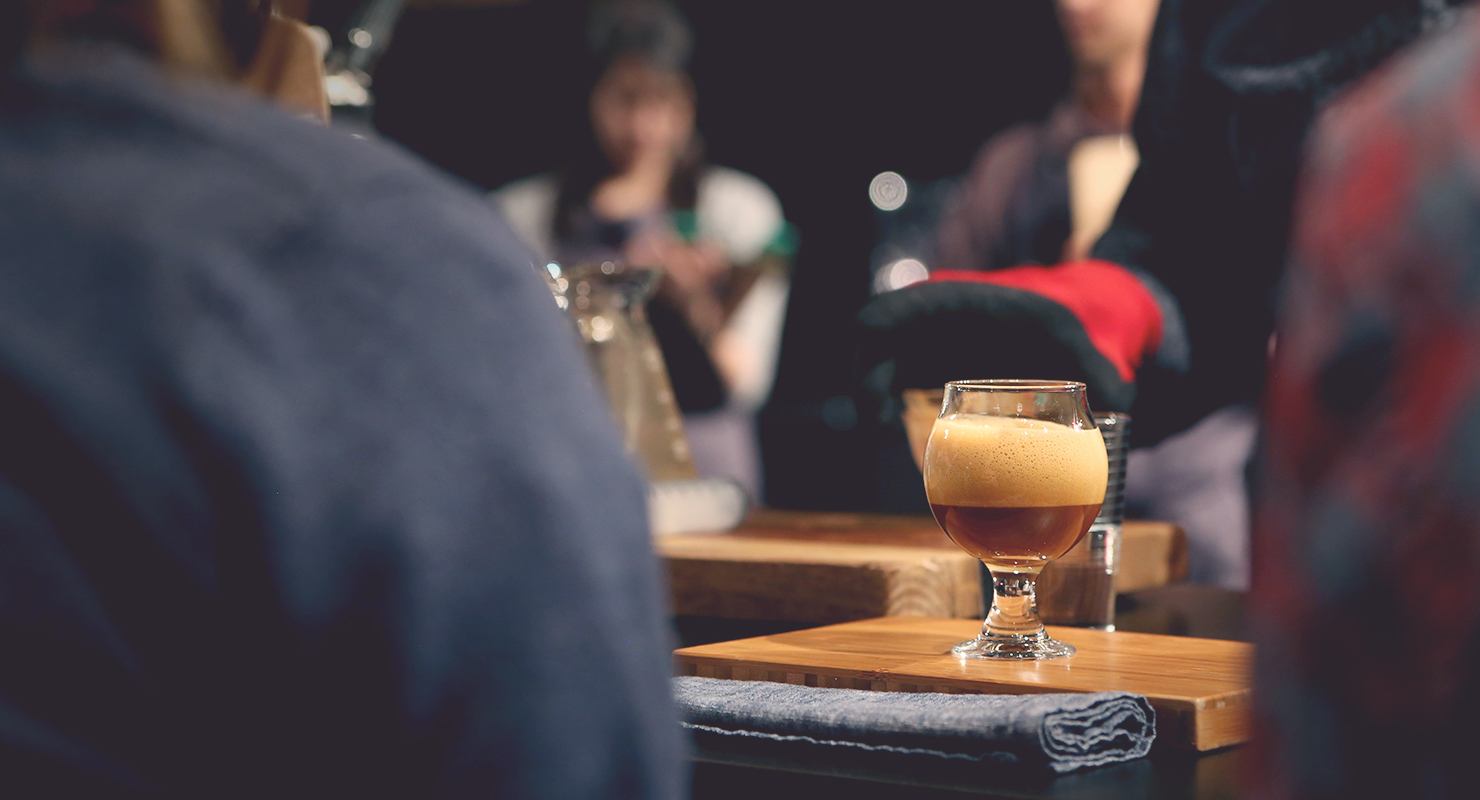
There is now an unprecedented 7 month break between the US and World Barista Championship, which happens in Seoul this November. How will you approach that 8 month gap?
It’s true I’ve got a lot of time, but so does everyone else. All the other amazing national competitors have the same amount of time, and a lot of them have been decided already—we already know the champs from Hong Kong, Australia, the Philippines (who won using Nuguo!) and many other countries. I’m a little nervous, but I have a lot of time to prepare, and I’ll try and build a real deal training spot with the right tables and spots between then and now. This will be costly, this whole process. The coffee alone sells for north of $50 per pound green, and that will add up quickly for 8 months of practice. Getting a coffee to stay good until then is tough, and you know, it’s not really the best time for coffee in November…but we’ll figure it out. There’s a lot going on, lot of questions and thoughts and everything.
What advice do you have for younger or first-time competitors getting in to the barista competition world? I ask this question every year, and I’ve been looking forward to asking it of you.
Practice a lot. Do your run-throughs. Listen to yourself talk. Record your voice and give it to someone else and say, “Do I sound stupid?” I gave a recording to my wife—she’s an English minor and a writer—and asked if it made sense. You should work to reorder your words to get everything just right.
And know the rules, oh my gosh, know the rules. Read the scoresheets. And if you don’t understand them, ask someone who does. Ask someone who did well in year’s past to taste coffee with you and tell you what a medium to light body really is, what “silky” really means for mouthfeel.
Ask yourself, are my notes accurate? Should I pull my espresso differently? Should I really go for it with the coffee? The answers are typically yes—I should pull bigger shots, I should buy better coffee, but it can suck when it doesn’t work out. It can be negative for your company, and that’s probably the biggest thing to remember in all of this—you need to make decisions that are good for your company.
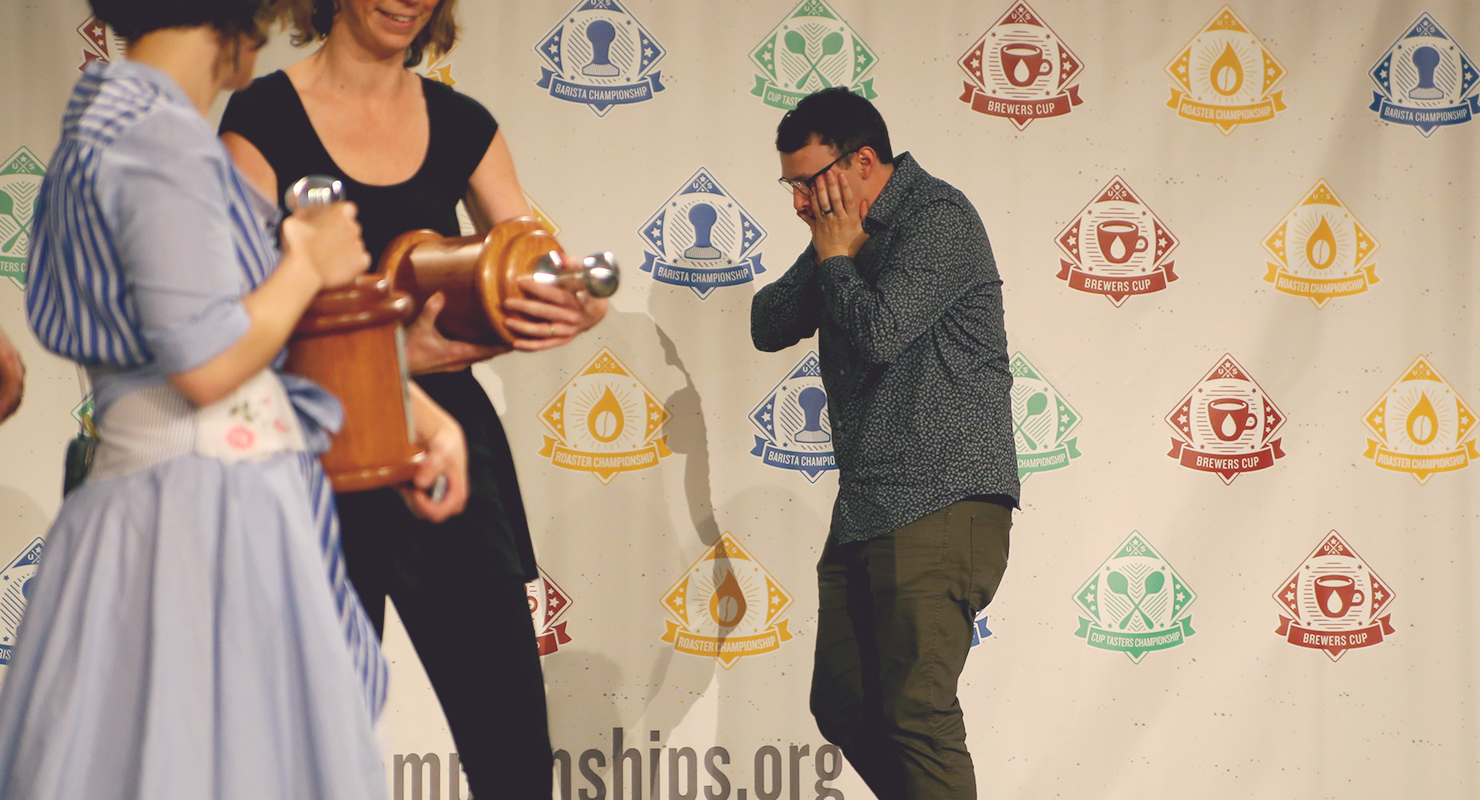
This is tradition as well, but please, if you’ve got any thank-yous or shout-outs, we’d love to hear them to close the interview.
Of course! Mahlkonig USA and my boss Gary, he’s the man. Counter Culture Coffee, and especially Lem Butler. Jose Gallardo at Finca Nuguo—he’s @CafeGallardo on Instagram. Georgia Lee pottery, who did both mine and Lem’s cups last year. Acaia scales, Sturdy Brothers aprons, the folks at San Remo who gave me some milk pitchers…and my wife, of course. Put that one on the top of my list, because you know, she surprised me—I didn’t know she was coming to Seattle—and then she showed up in the semifinals and surprised me afterwards and I kinda cried a little bit. Let me also thank everyone here at Mahlkonig USA that helped me taste coffee. And last, to all the sponsors who are gonna hook me up on the way to Korea. Thank you all.
Thank you Kyle, and congratulations from everyone at Sprudge.
Jordan Michelman is a co-founder and editor at Sprudge Media Network. Read more Jordan Michelman on Sprudge.
Photos by Charlie Burt for Sprudge Media Network. SprudgeLive coverage was produced by Zac Cadwalader for Sprudge Media Network.
Relive every magic moment from the US Barista Championship at SprudgeLive.com
Sprudge’s coverage of the 2017 US Barista Championship is made possible by Baratza, Cafe Imports, AeroPress, Pacific Natural Foods, Hario, and Swiss Water Decaf. All of our 2017 Barista Competition coverage worldwide is supported by Urnex Brands and Nuova Simonelli.













